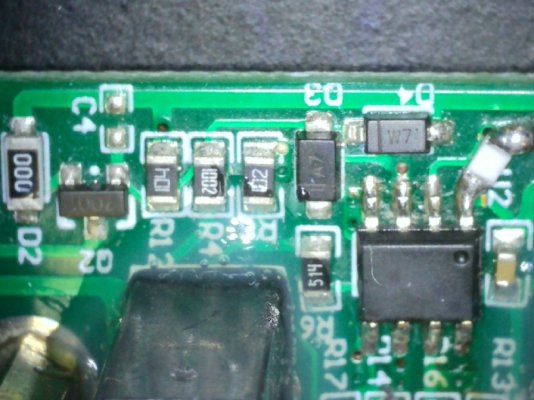Shouldn't it be 2 ADC and 2 PWM, one for each channel ? I agree though, overall function is probably pretty easy.Bummer. Its probably not critical but it probably would help understanding. FWIW, its likely a small micro controller (one ADC, one PWM), but we can probably guess the overall function from that. Will take a look later and see if I can make out something and get the rest of the brain trust theorizing.
If all fails, we can try to replace the board and feed PWM from ReefPi directly in the channels. For that we would need to figure out the frequency and voltage, but that should be manageable.




















